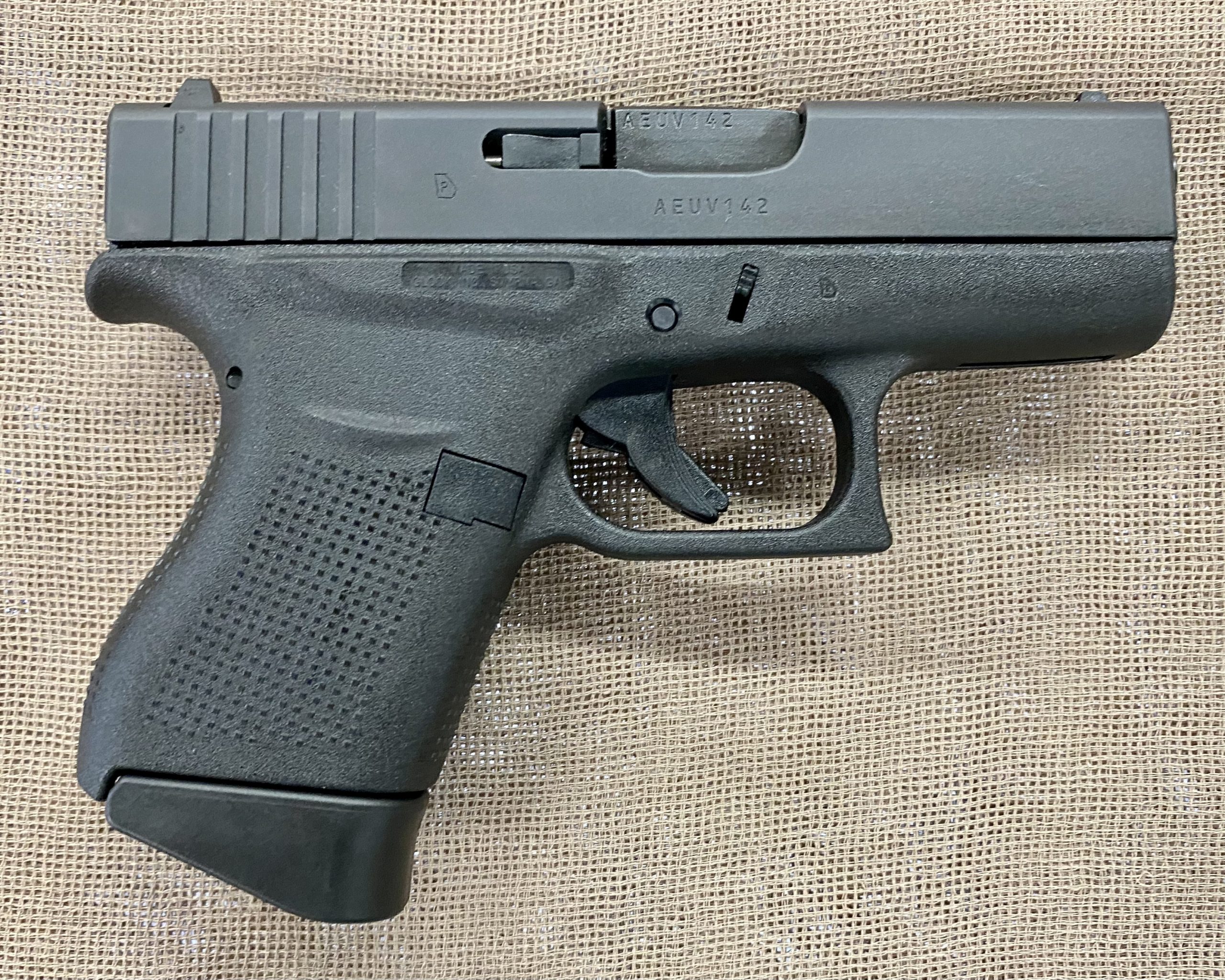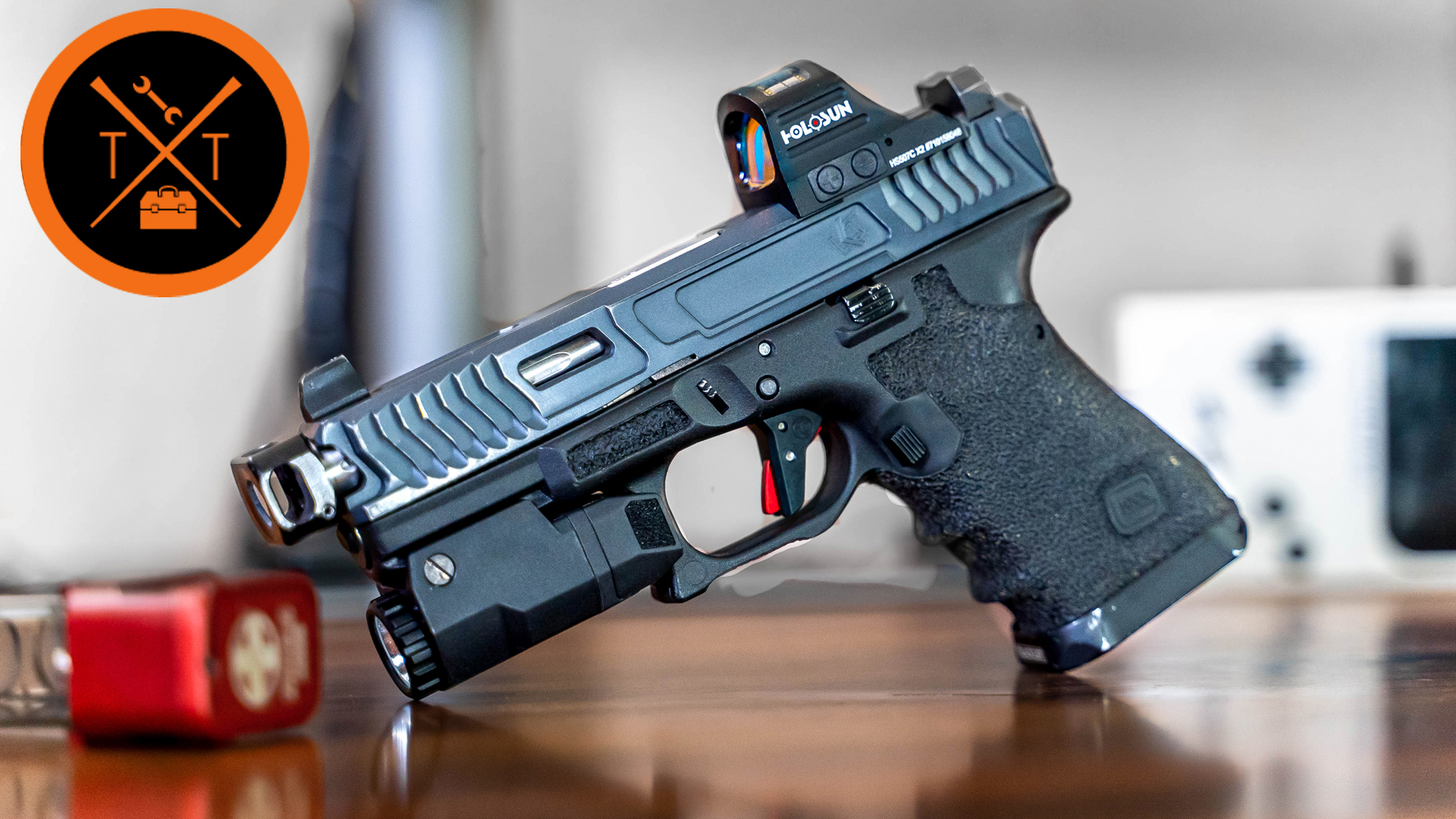Title: The Most Compact Glock: Unveiling the Complexities of Concealed Carry for Self-Defense
The subcompact Glock pistols, notably the Glock 26 and Glock 43, provide a unique blend of concealability and firepower for self-defense purposes. However, understanding their nuanced features, legal implications, and handling requirements is crucial for responsible and effective ownership.
1. Concealability and Convenience
The Glock 26 and 43 are among the most compact handguns on the market, with their small size and lightweight construction making them ideal for concealed carry. They can be easily concealed inside the waistband, within a pocket, or attached to an ankle holster.
Their slim profile and minimal footprint allow for discreet carry, minimizing printing and maximizing comfort during extended periods of concealment.
2. Firepower and Capacity
Despite their compact size, the Glock 26 and 43 chamber the potent 9mm Luger cartridge, offering reliable stopping power for self-defense scenarios.
The Glock 26 holds 10 rounds in its magazine, while the Glock 43 holds 6 rounds. While this capacity may be less than larger handguns, it provides a reasonable balance between firepower and concealment.
3. Handling and Accuracy
Glocks are known for their short and consistent trigger pull, which allows for fast and accurate follow-up shots.
The compact size of the Glock 26 and 43 can result in increased recoil compared to larger handguns. However, proper grip and training can mitigate this issue.
4. Legal and Ethical Considerations
Laws governing the concealed carry of firearms vary significantly across jurisdictions. It is essential to familiarize oneself with local regulations regarding permits, training requirements, and restrictions on carrying concealed weapons.
Using deadly force in self-defense is a serious legal matter. It is crucial to understand the legal justification for using lethal force and to act accordingly.
5. Training and Proficiency
Regular training is essential to develop proficiency in handling and using a subcompact Glock pistol. This includes practicing shooting, reloading, and malfunction clearance in a controlled environment.
Effective self-defense requires proficiency in the use of a firearm. This includes the ability to draw, aim, and fire accurately under stress.
6. Alternative Concealed Carry Options
Alternative concealed carry firearm options include revolvers, single-stack semi-automatics, and pocket pistols. These firearms may offer advantages such as a lighter trigger pull or a more manageable recoil.
In certain situations, non-lethal alternatives to firearms, such as pepper spray, may be more appropriate.
7. Conclusion
Subcompact Glock pistols offer a compelling option for individuals seeking concealed carry options for self-defense. Their concealability, firepower, and handling characteristics make them suitable for a wide range of defensive scenarios. However, navigating the complexities of legal and ethical considerations, coupled with the need for proper training, is critical for responsible ownership and effective use. By understanding the nuances of these firearms and adhering to legal guidelines and training requirements, individuals can maximize the benefits of concealed carry while minimizing risks. Ultimately, the choice of whether or not to carry a concealed firearm should be made after careful consideration of individual circumstances, legal obligations, and the potential consequences of use.
The Most Compact Glock: Ultimate Concealment For Self-Defense
Dive Into The Refreshing World Of Green Grape Labubu: An Unforgettable Sweet Treat
Discover The Sweet Sensations Of Macaron Labubu: A Culinary Adventure


